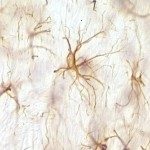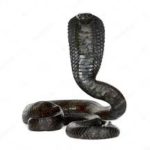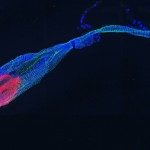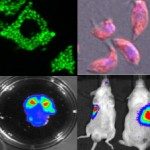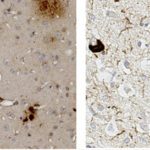Pierre Lafaye is head of the Antibody Engineering Platform at Pasteur Institute. I completed a Pharmaceutical degree at Bordeaux University then moving on to specialize in immunology at Pasteur Institute. I also defended my PhD at the same organization before completing a post-doctoral training at the US Army Medical Research Institute of Infectious Diseases (USAMRIID), Fort Detrick, Maryland. I have worked there on cloning and expression of snake toxin genes. I then moved back to the Pasteur Institute once again in 1991 to conduct research on human recombinant antibodies.
In 2003, I joined Professor François Rougeon’s unit where I was involved in the study of research on homodimeric antibodies, analyzing the genomic organization of llama antibodies gene. We have shown that a single IgH locus contains all of the genetic elements required for the generation of the two types of Igs. The alpaca IgH locus is composed of a V region that contains both VHH and VH genes followed by a unique DH-JH cluster and C region genes, which include both CHH and CH genes. Although this general gene organization greatly resembles that of other typical mammalian Vn-Dn-Jn-Cn translocon IgH loci, the intermixed gene organization within the alpaca V and C regions reveals a new type of translocon IgH locus (Achour et al, 2008).
In 2010, I join the PFIA to continue to work on VHHs. I have also demonstrated that VHHs are able to cross the Blood-Brain Barrier (BBB) and to bind GFAP, an intracellular antigen (Li et al, 2012). According to these results, we have been funded by Roche for 4 years for the development of VHH for the in vivo diagnosis of Alzheimer’s disease (AD). We have raised VHHs that recognize amyloid deposits and intracellular tau neurofibrillary tangles (NFTs), the two core lesions of AD. These VHHs are naturally able to cross the BBB following intra-venous injections in live mice. They can diffuse in cerebral tissue, penetrate into neurons, survive in the cytoplasm and label specifically amyloid plaques and intraneuronal NFTs (Li et al, 2016, Vandesquille et al, 2017). These findings constitute strong evidence of transmigration of VHH through the BBB and through cell membranes to label intracellular antigens, opening new developments for in vivo brain imaging approaches.
To better understand the cellular penetration and transcytosis of VHHs, a collaboration with SANOFI is being initiated with the funding of a PhD thesis via a “bourse CIFRE”. This fundamental knowledge will provide original clues on the mechanisms of entry of VHH and will be applied to the design of new VHHs optimized for brain and cell penetration.
Several projects raised in collaboration with academic partners (pasteurian or not) are based on these unique properties and they allow us to explore the potentiality of VHH/nanobodies (i.e. imaging of intracerebral targets, carrier for the delivery of molecules through the BBB, disrupting virus/host pathogenic interaction networks). These projects are usually funded via in-house or national calls.
I am also involved in the development of new diagnostic tools for detection of Ebola and Zika viruses. When I was head of the diagnostic WP of Pasteur EBOLA task force, we have developped in collaboration with Patrick Tabeling from ESPCI, a paper-based test for detection of Ebola virus. This test was tested successfully in field in Macenta, Guinea during the last Ebola outbreak (Magro et al, 2017). Recently, I am a partner of ZIKalliance a EU H2020 project, to raise VHHs against several Zika proteins.
There is a growing interest for VHH with an increasing demand from pasteurian over the last years. VHHs reacting with specific antigens can be obtained after immunizing animals (alpacas), preparing and cloning cDNA from their circulating lymphocytes, followed by selection of the desired clones by phage display. This process is laborious and time-consuming. Droplet-based microfluidics may be the solution to increase efficiency, reduce time and costs to identify potent VHHs. Recently, P. Bruhns and coll have performed a proof of concept with the obtention of antibodies from immunized mice using these technologies. The aim of the project funded by a PTR starting 2018 for the next 2 years, is to develop a droplet-based microfluidic solution for high-throughput identification of antigen-specific VHHs. This process will enable highly efficient and rapid identification of antigen-specific VHH repertoires from circulating B cells within days of blood sampling from immunized alpacas. As a proof of concept, and potential diagnostic of the identified VHHs, we propose to screen for anti-Ebola glycoprotein VHHs (collaboration with P. Bruhns IP Paris and O. Pritsch, IP Montevideo).

